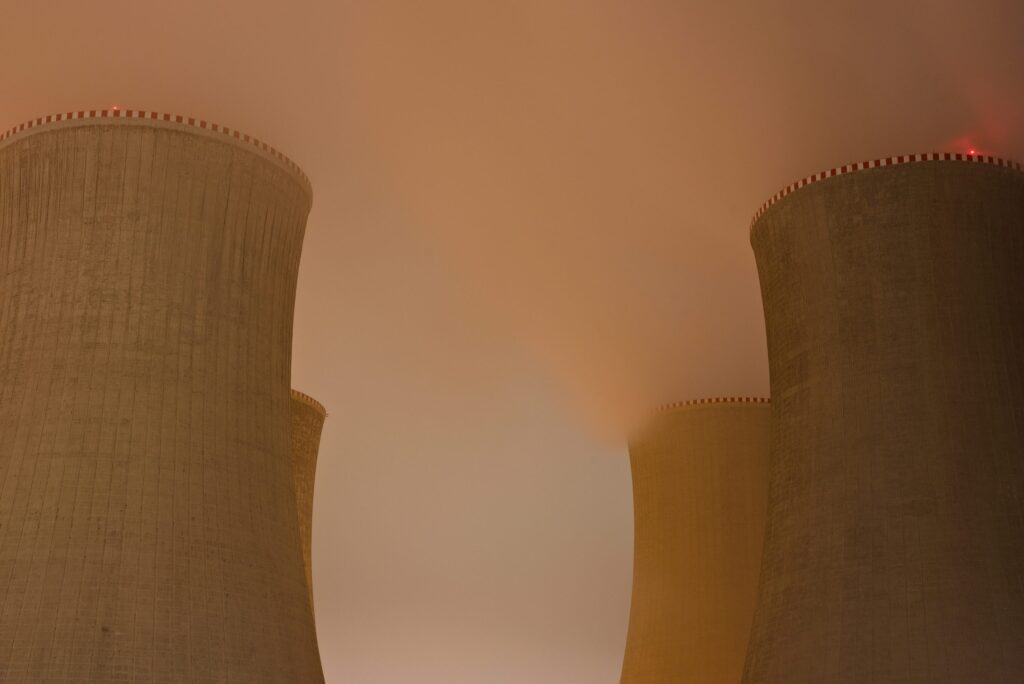For a few minutes last week it sounded like a future of free, unlimited clean energy was upon us, when scientists at Lawrence Livermore National Lab announced something or other to do with fusion, and the media gleefully filled in the blanks. The New York Times December 14 “Opinion” newsletter announced “Livermore blasts us into the era of nuclear fusion” and “The Morning” told us it was “Turning sci-fi into reality” (though the actual item was a bit more sedate in both cases). But before long others pointed out that technically this ephemeral triumph wasn’t one, since it took far more total energy to achieve it than was generated. Including a vigilant CDN reader who punctured the overwrought claims about a “Q” (energy in versus energy out) higher than one then chortled that “Gee whiz! Commercially viable fusion energy is now just 25 years away! (As it was in the early 70’s when I first read about it.)” After which he dropped the hammer with “On the plus side, if the discussion swings at all towards nuclear energy, we could hope that perhaps people would say ‘Hey, that fusion stuff sounds great and all, but it’s so far out in the future! Isn’t there some other kind of nuclear energy we could use, like, right now?’”
Nature also rained on the parade by agreeing that the experiment did achieve “the phenomenon known as ignition” where the actual reaction gave off more energy than it consumed. But then it did the math:
“The laboratory’s analysis suggests that the reaction released some 3.15 megajoules of energy — roughly 54% more than the energy that went into the reaction, and more than double the previous record of 1.3 megajoules. However, NIF’s 192 lasers consumed 322 megajoules of energy in the process.”
Ugh.
Nonetheless it remains too much to hope that the climate zealots are starting to realize that (a) we really do need reliable energy and (b) we’re not getting it from wind farms, solar panels or some fictitious megagrid charging our burning EVs. Euronews.green burbled, “Plant power: Scientists generate electricity from a shrub in renewables breakthrough”. Well, lots of people have generated electricity from a plant. And no, it’s not a pun on “power plant”. Rather, you just wait until long geological processes turn it into oil then burn it. But “renewables breakthrough”? Really? You imagine a city powered by shrubs?
Supposedly the voltage of one leaf of a succulent was 0.28, while “a standard car battery has an electrical potential of 12.6 volts. Though this power is less than that of an alkaline battery, the researchers stress that connecting multiple leaves in series could increase the voltage.” But you will be plugging your EV into a fusion plant long before you plug it into a hedge. This sort of thing just is not serious.
P.S. In our ongoing, sometimes exhausting effort to be fair, we want to note that Canada’s federal government recently made a major loan to help finance “the country’s first grid-scale, small modular reactor (SMR)”. Since we have declared support for nuclear a sanity test for climate alarmists, we must acknowledge that in this instance not only did an agency within the federal bureaucracy that arguably should not exist at all, namely the Canada Infrastructure Bank, pass the test, but so did our frequent foil Natural Resources Minister Jonathan Wilkinson, who far from spiking the loan appeared to take credit for it on the express grounds that it “will further enhance Canada’s leadership in nuclear technology, create sustainable jobs, and reduce emissions”.



While I don't want to rain on the parade, it should be pointed out that fusion appears to be a relativistic power source: to any observer at any point in time, fusion power is always 25 years in the future.
A plasma hotter than the sun, a meter from superconducting magnets at -270 C, separated by a radioactive beryllium shield cooled by water….the chances of solving these problems over the next century are remote. The inertial confinement method that achieved “ignition” yielding 3.15 MegaJoules if you ignore the 300 MegaJoules of Lasers is not really closer to success. That leaves us fusion which has been used to propel military ships and generate electricity for 65 years already….
Doug, did you mean to say, "fission" instead of fusion?
SMR announcement remains the only thing announced by this government in over 7 years that will actually eventually reduce co2 emissions, if that is important to people.
7 years to say something useful and “ not stupid”.
Amazing
Roger, fusion is the power of the future, and always will be!
Fission nuclear power has been extremely successful (notwithstanding the largely hyped Chernobyl, Fukushima and TMI mishaps) for over sixty years now. The current state of the art offers compact standalone reactors running at about a Gigawatt and promising a minimum of waste, either high-level or low-level, zero emissions, small footprint, and with designed-in safety systems that are runaway-proof. The only hurdles are the legacy anti-nuke misinformation hanging around still from the 60s and 70s, and the regulatory morass that stifles new nuclear build, both of which could be easily overcome with a concerted information campaign, like CDN!
Supposedly the voltage of one leaf of a succulent was 0.28, while “a standard car battery has an electrical potential of 12.6 volts. Though this power is less than that of an alkaline battery, the researchers stress that connecting multiple leaves in series could increase the voltage.”
Oh, the vast ignorance here. There is considerably more to electricity than voltage. Amperage, for instance. Voltage is just pressure. Amperage is the volume. One could generate lots of pressure in a medical syringe, but its volume is microscopic compared to a fire hose that could run at the same pressure. The car's battery might easily have a million times the amperage capacity of that succulent leaf.